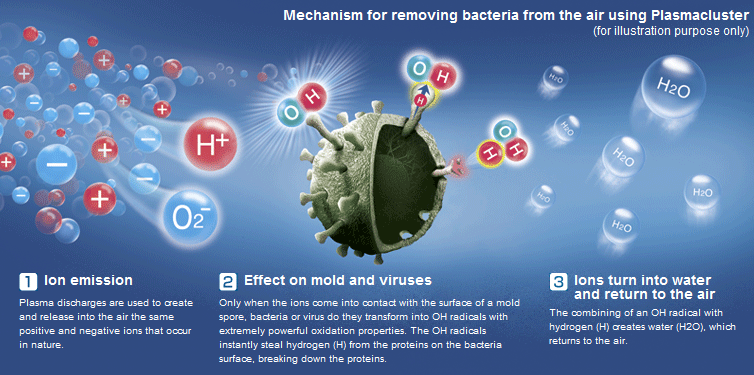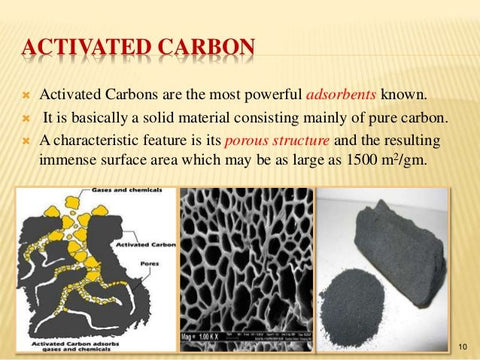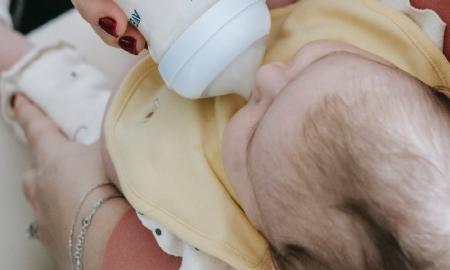Though many people don’t realize it, poor indoor air quality can actually cause quite a few issues for both health and comfort. Microscopic airborne contaminants are one of the biggest causes of poor indoor air quality. Dust, pollen, dander, germs, and mold spores can provoke allergies, cause illnesses like the flu, and generally make your life miserable. The best way to handle these issues is to install an air purifier in your home. Click here to find out more about air purifier 2017.
Air Purifiers Types
There are so many types available depending on the technique of air purification used, where they are used, their function, among other things. Read on for an outline of some of the more common air purifier types.
Portable vs Whole House Air Purifiers
Portable Air Purifiers
Also known as room air purifiers, they clean only a single room. This is the only option you have if you do not have a cooling or heating system in your home. However, portable air purifiers work well, and are cheaper compared to whole house options. They generally weigh between 10 and 20 pounds and are easy to move around.Know more about cleanroom filters here.

Whole House Air PurifiersManufacturers design whole house air purifiers to be installed in a central heating, air conditioning, or HVAC system. The benefit of this luxury home stuff is that it is out of sight. A filter is located in a return air grille or plenum. Anytime the fan in your central system kicks in, air is moved through the filter, effectively cleaning some of the air throughout your house.

Ionizing Air Purifiers
These air purifiers use a method called corona discharge to create charged molecules called ions. Most atoms in the air have a neutral charge. The corona discharge is a small but intense electrical field. Molecules passing through it will pick up an additional electron, giving the molecule a negative charge, or it may have an electron knocked off of it, giving it a positive charge.
The exchange between the ions and these particles modifies the latter until they’re too heavy to stay airborne. As a result, they fall to the floor where you can sweep or vacuum them up later, but where they definitely won’t get inhaled. One of the many reasons people love ionic purifiers is because they’re affordable and very effective at getting rid of second hand smoke.

Ultraviolet Light Air Purifiers
UV air purifiers don’t actually remove contaminants from your air. Instead, they use large amounts of ultraviolet light to kill any germs that pass over them.
These purifiers use a UV light that has electromagnetic radiation that will destroy bacteria and other pathogens by breaking the molecular bonds in their DNA.
The resultant cellular damage will kill off microorganisms. The UV air purifiers also convert oxygen and water molecules to ozone, which kills the airborne pollutants.
Optimal performance is attained when they are used in unison with other air filter types. That way they can work together to remove a wider spectrum of air contaminants such as odor, chemical fumes, and allergens that UV air purifiers do not remove.

Electronic (Electrostatic) Air Purifiers
These use several electrically-charged metal plates to pull particles from the air stream. They're either portable units intended to clean air in a single or 2 rooms or units connected to an HVAC system.
These systems produce little or no resistance to air flow but need a separate fan, that and the electric charging device need about 30-50 watts of electrical power.
HEPA Air Purifiers
They use an advanced air filter for air purification. An air filter is just a fiber mesh, stretched across a frame and installed in the ductwork of the home. As air flows through the filter, any particles that it carries will become snared in the mesh.
The filter can then be removed and either cleaned or replaced. HEPA air purifiers remove 99.7% of all particles bigger than 0.2 microns from the air in your home. That means that HEPA air purifiers are highly effective at removing particles like pollen, dander, mold, and dust from the air.
HEPA air purifiers cost between thirty and three hundred bucks depending on the model that you buy. Because they use mechanical filtration, they are most often recommended by Physicians. HEPA Filters are replaced approximately once per year. Most units include an odor absorbing pre-filter (has to be replaced once every 3 months).

Ozone Air Purifiers
Ozone air purifiers intentionally produce the gas ozone. Ozone is a gas with a high oxidation ability, which completely eliminates toxins, bacteria and dust from the air. This way you can’t contract respiratory diseases and allergies.
Although many statements are made to make the public believe that these devices are safe and effective in controlling indoor air pollution, health professionals have refuted these claims and no agency of the federal government have approved of these devices. Exposure to ozone may ignite asthma symptoms and a high enough level can even scar the lungs.
Thermodynamic Sterilization Air Purifiers
These use heat sterilization technology. They use a ceramic core with micro capillaries that are heated to about 200 degree Celsius. The process is claimed to burn 99.9% of microbes: allergens, bacteria, viruses, mold and fungus spores. Air is passed in the ceramic core through the process of air convection.

Activated Carbon Air purifiers
These air purifiers use activated carbon. Also called activated charcoal, carbo activatus or an AC filter, activated carbon is a form of carbon processed to have small, low-volume pores that increase the surface area available for adsorption or chemical reactions.
Because of its super porous texture active carbon is able to attract, adsorb and neutralize smaller particles like organic gases, odors and some chemical compounds.
Know about gear hungry portable ac guide

Pleated Air Purifiers
These types of purifiers are adept at obstructing microscopic particles that are particularly harmful to the lung tissue. If this sounds interesting to you, look for a pleated filter that's electrostatically charged.
These kinds of pleated filters are terrific for drawing in typical allergens such as pet dander and pollen. Although these filters sometimes cost a bit more than others, they're generally totally worth the extra money.






